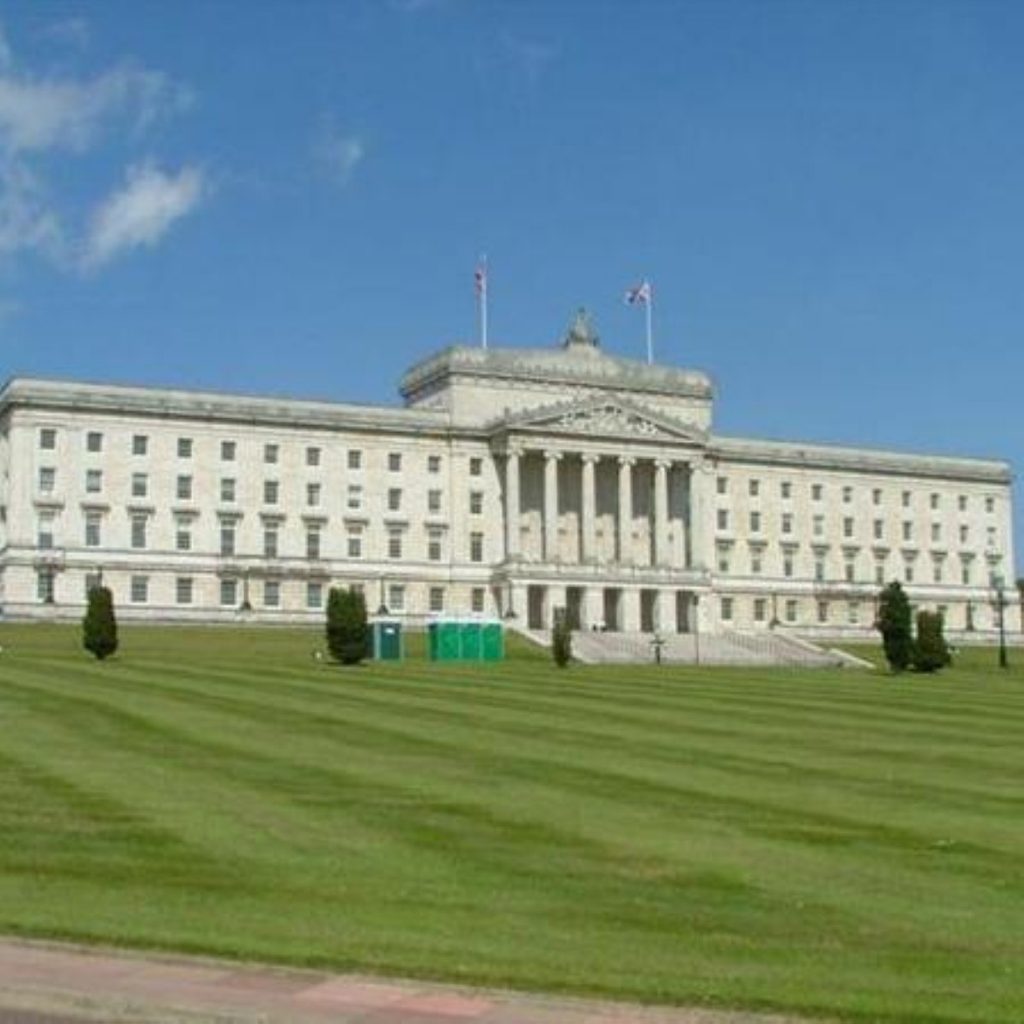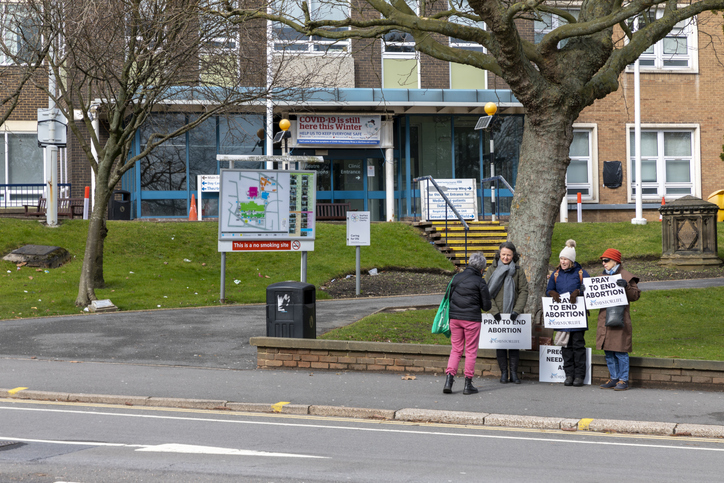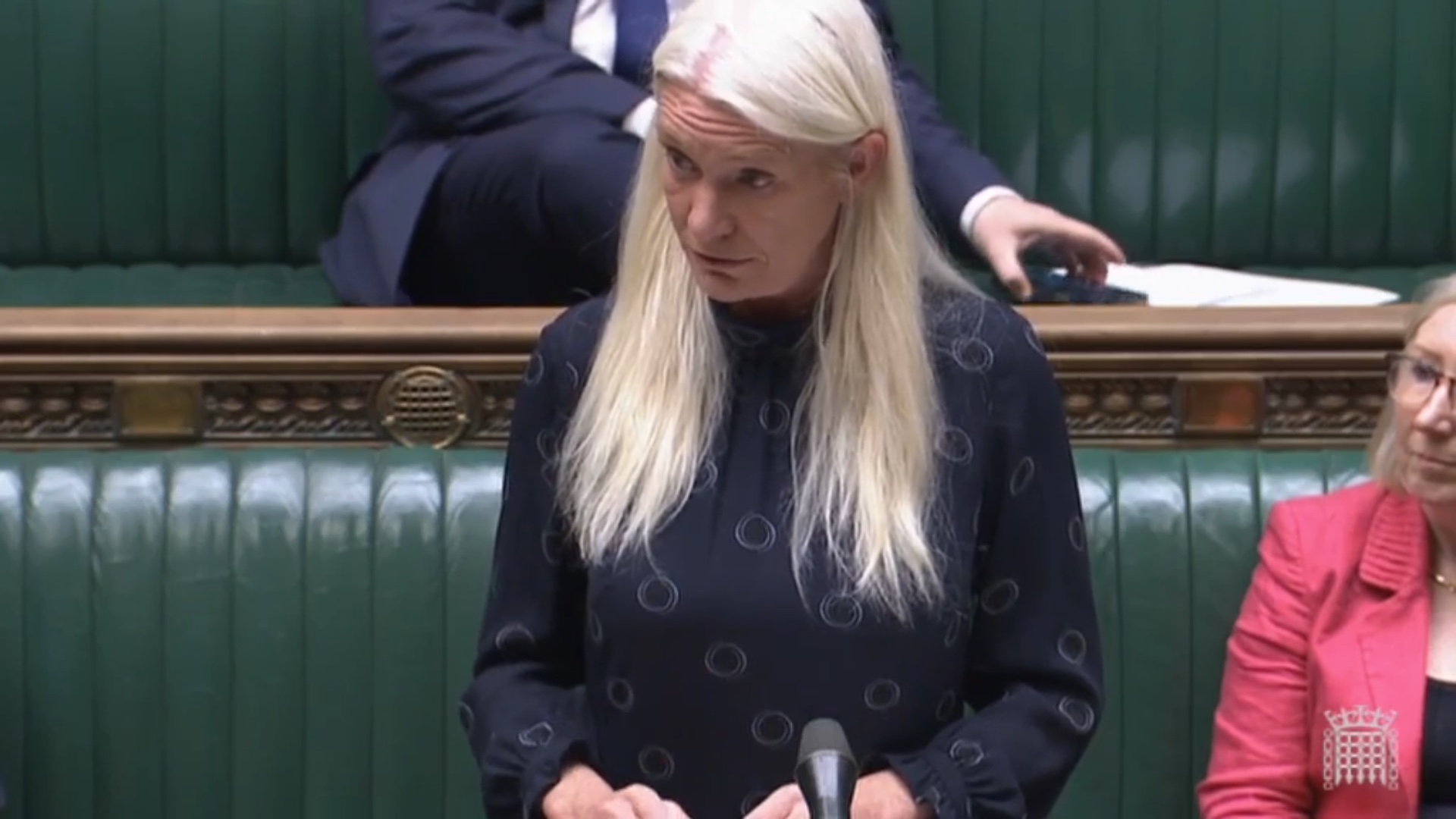NHS Abortion
Abortion describes the medical procedure for the premature termination of pregnancy.
In the United Kingdom, abortions can only normally be carried out under the care of an NHS hospital or a licensed clinic. As an NHS service, they are usually available free of charge on the NHS.
The British pregnancy advisory service has stated that 97% of their patients have treatment paid for by the government. Private abortions are also offered by a licensed private abortion clinic or private hospital, but these will need to be paid for.
In terms of waiting times, the NHS states that a woman should not have to wait more than 2 weeks from when they (or a doctor) first contacted an abortion provider to having an abortion.


Under the 1967 Abortion Act, abortion in the UK requires the certification of two registered medical practitioners, except in certain emergencies and medical complications.
Through the NHS, those considering an abortion have access to impartial information and support from their GP, pregnancy counselling services, and organisations such as Brook, the BPAS, and MSI Reproductive Choices UK.
NHS abortion procedures change according to the gestation (stage) of the pregnancy. The gestation is measured in weeks counting from the first day of a woman’s last menstrual period. These methods range from the administration of drugs at early stages, through to ‘vacuum aspiration’ or a surgical procedure (surgical termination) at the latter stages of the pregnancy. If someone is less than 10 weeks pregnant they may be able to have a medical abortion at home after an initial appointment with the hospital or clinic.
In 2020 the abortion rate in the UK was 18.2 per 1,000 women. In 2020 there were around 210,000 abortions in England and Wales, an upwards rise from 185,000 in 2015.
According to Freedom of Information requests, in 2018, NHS England reportedly paid £96 million for abortion services, at an overall average cost of £510 per abortion.
Abortion laws around the world
In 2022 the Center for Reproductive Rights reported that 24 countries prohibited abortion altogether. It is claimed that 90 million women of reproductive age (5%) live in these countries.
It is further claimed that 42 countries only permit abortion in circumstances that are to save a woman’s life. It is claimed that 360 million (22%) women of reproductive age live in these countries.
By contrast, 72 countries globally are said to allow abortion on request, covering 601 million (36%) women of reproductive age.
The political debate around abortion
There is much controversy surrounding abortion.
The debate may be simplified by dividing it into the opinions of those who support women’s rights to abortion, who are called ‘pro-choice’, and those who oppose it, who are called ‘pro-life’.
‘Pro-choice’ proponents centre their concerns on the rights of the woman. They argue that moves to abolish the right of pregnant mothers to opt for abortion are paternalistic and deny women control over their own bodies. They argue further that abortion is a permanent feature of society, thus the practical result of a ban would merely be to remove clinical guidelines from abortion, with a safe procedure provided through medical termination by an abortion provider, being replaced with underground and unsafe practices that placed women at serious risk.
‘Pro-life’ proponents focus the debate on the rights of the unborn child. To a greater or lesser degree, the pro-life lobby believes that life – as protected by the right to life – begins at conception.
In other countries, the debate is far more intense than in the UK: in the US, doctors prepared to carry out abortions have been attacked and even murdered by pro-life campaigners.
Between the positions at either end of the spectrum, there is a range of ethical, political and medical debate about how easy access to abortion should be, which interests and factors should prevail over others, and how late terminations may be carried out.
In recent years the issue of viability has been pushed to the forefront of debate. Advances in ultrasound technology have produced highly detailed images of foetuses in gestation. Most scientists argue we know nothing new or compelling about the development of foetuses, and therefore have no objective grounds to reducing the abortion time limit. However, for anti abortion campaigners, the pictures provide an emotional argument for the rights of the foetus, appearing to show foetuses smiling or ‘walking’ in the womb.
In 2022, the pro choice Abortion Rights Campaign was calling for the government to make home use for early medical abortion pills legal with good quality telemedicine, to implement paid leave for abortion policies at work, and to haarassment at abortion clinics.
-
Abortion on demand
British legislation does not allow for abortion on demand but requires the consent of two doctors. In 2007 the British Medical Association voted it should be treated as any other medical treatments and offered on the basis of the patient’s informed consent.
In autumn 2007 a review of the Abortion Act 1967 by the House of Commons’ Science and Technology Committee re-opened the debate. MPs recommended dropping the requirement for two doctors’ signatures, dismissing the precaution in safety terms.
The following year amendments were tabled during the final Commons debate on the Human Fertilisation and Embryology Bill which would have allowed one doctor to sanction an abortion, thereby ending the two signature rule. The amendments would also have allowed nurses to perform abortions and would have legalised abortions in Northern Ireland.
Initially MPs were to be allowed a free vote on the amendments. However, at the last minute Gordon Brown, instructed Leader of the Commons, Harriet Harman, to put forward a motion which effectively prevented the amendments from being voted upon and so the changes were not introduced. An earlier amendment to the bill, supported by Conservative leader David Cameron, which would have reduced the 24 week abortion time limit was also defeated by the government.
In 2023, the Shaping Abortion for Change (Sacha) study, led by the London School of Hygiene and Tropical Medicine has called for nurses and midwives to be able to authorise an abortion, prescribe abortion drugs, and perform vacuum aspirations as they do in miscarriage care.
The study found that almost 20% of healthcare workers and a third of the women interviewed were unaware that abortion is still a criminal offence without doctor authorisation.
Abortion – Legal history in the UK
Early Years
The legal status of abortion has shifted considerably with social values. In the 18th Century, English common law allowed abortion, provided it was carried out before the mother felt the foetus move (‘quickening’).
The Offences Against the Person Act of 1861 made abortion a criminal offence punishable by imprisonment from three years to life. This was reversed by the Infant Life Preservation Act of 1929, which amended the law so that abortion would no longer be regarded as a criminal offence if it were proven to be carried out in “good faith for the sole purpose of preserving the life of the mother”.
Legal Changes: 1967 to 2000
In October 1967, the Abortion Act 1967 was passed. Introduced by the Liberal MP David Steel through a Private Members Bill, and supported by the government under a free vote. It legalised abortion treatment on certain grounds, by legalised practitioners, in England, Wales and Scotland. The act came into effect on 27 April 1968.
In November 1990, the Human Fertilisation and Embryology Bill lowered the gestation limit for abortions from 28 weeks to 24 weeks.
This is the currently accepted point at which the fetus is considered viable outside the mother’s body. The Act came into effect on 1 April 1991.
Recent Years – 2015-
In June 2017, a Northern Ireland funding scheme was introduced, to provide a funded abortion service in England and Wales, for residents of Northern Ireland. In cases of hardship, travel costs were also covered. Funding is provided by the Government Equalities Office and HM Treasury.
From October 2017 in Scotland, from June 2018 in Wales, and from December 2018 in England, women can take the second of the two abortion pills, misoprostol, at home.
In December 2018, abortion was legalised for the first time on certain grounds, in the Irish Republic, up to 12 weeks gestation and later if the woman’s life or health is at risk.
In October 2019, abortion in Northern Ireland was decriminalised after a free vote by Westminster MPs in July that year. The suspended Northern Ireland Executive did not return by 21 October 2019, meaning the amendment introduced by Stella Creasy MP was passed into law through The Northern Ireland (Executive Formation etc) Act 2019 on 22 October 2019.
In March 2020, the Abortion (Northern Ireland) Regulations 2020 came into force on 31 March 2020. The regulations introduce a new legal framework for abortion services in Northern Ireland.
Statistics
There were 207,384 abortions for women resident in England and Wales, the highest number since the Abortion Act was introduced. [Source – 2019 – Abortion Statistics, England and Wales]
The age standardised abortion rate for residents is 18.0 per1,000 women. [Source – 2019 – Abortion Statistics, England and Wales]
99% of abortions in England & Wales were funded by the NHS in 2019, with 74% of all abortions taking place in the independent sector. [Source – 2019 – Abortion Statistics, England and Wales]
86% of those polled believed women should have the right to an abortion. The figures were 82% between those aged 18-24 and 88% amongst those aged over 65. [Source YouGov, Feb 2021]
45% of those surveyed believed the abortion rate should remain at 24 weeks. 28% believed it should be reduced below 24 weeks. 7% believed it should be increased above 24 weeks. [Source YouGov, Feb 2021]
Quotes
“If a woman feels that an abortion is in her or her family’s best interests, then she should have access to safe, supportive and non-judgmental advice and help from an expert clinic. No one else should pressure her into either continuing with the pregnancy or having an abortion.” ― Marie Stopes International – 2010
“I’ve noticed that everyone who is for abortion has already been born.” ― Ronald Reagan
“No woman can call herself free who does not control her own body.” ― Margaret Sanger
“Your religion should help you make the decision if you find yourself in that situation, but the policy should exist for you to have the right to make it in the first place. When you say you can’t do something because your religion forbids it, that’s a good thing. When you say I can’t do something because your religion forbids it, that’s a problem.” ― Jodi Picoult, A Spark of Light










